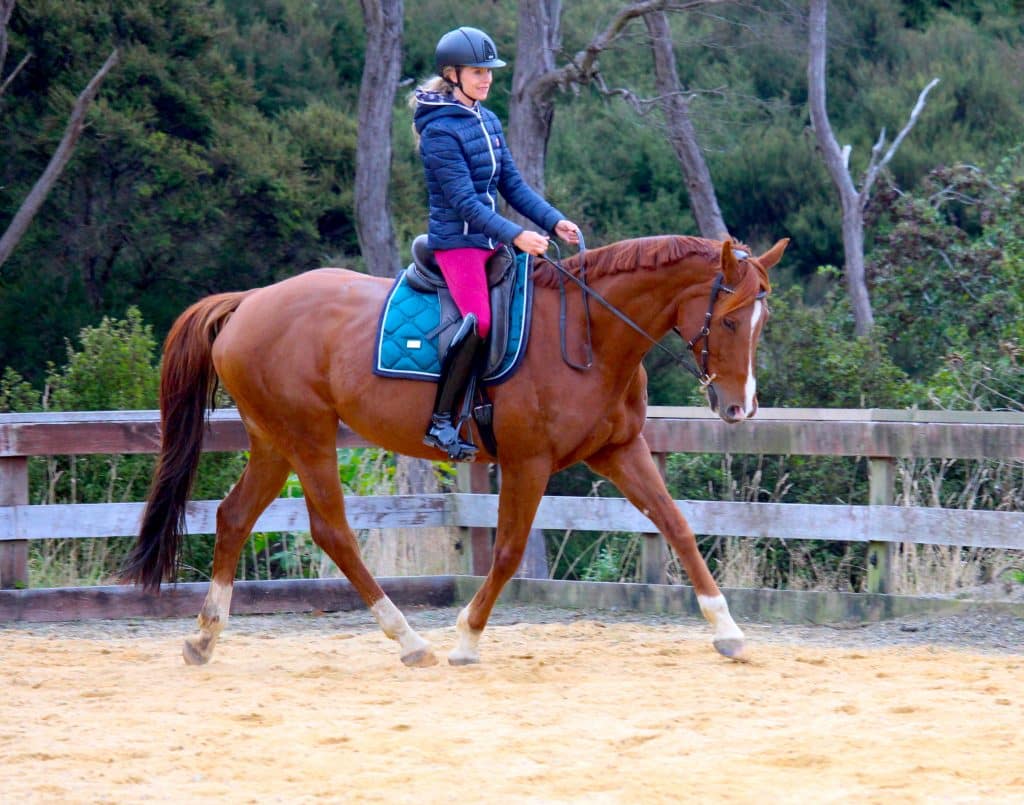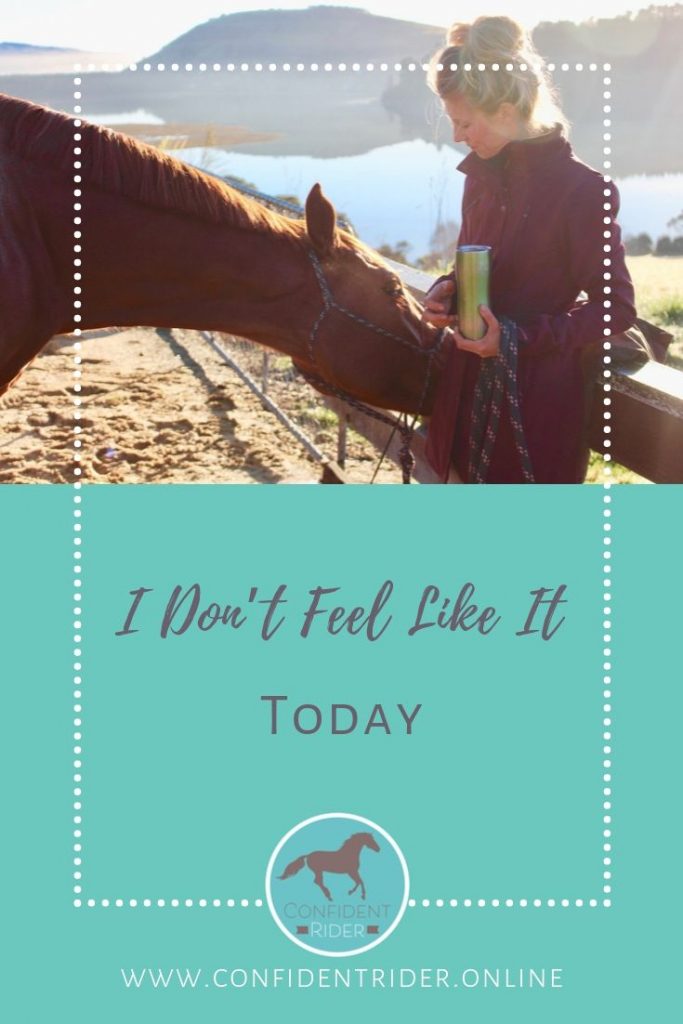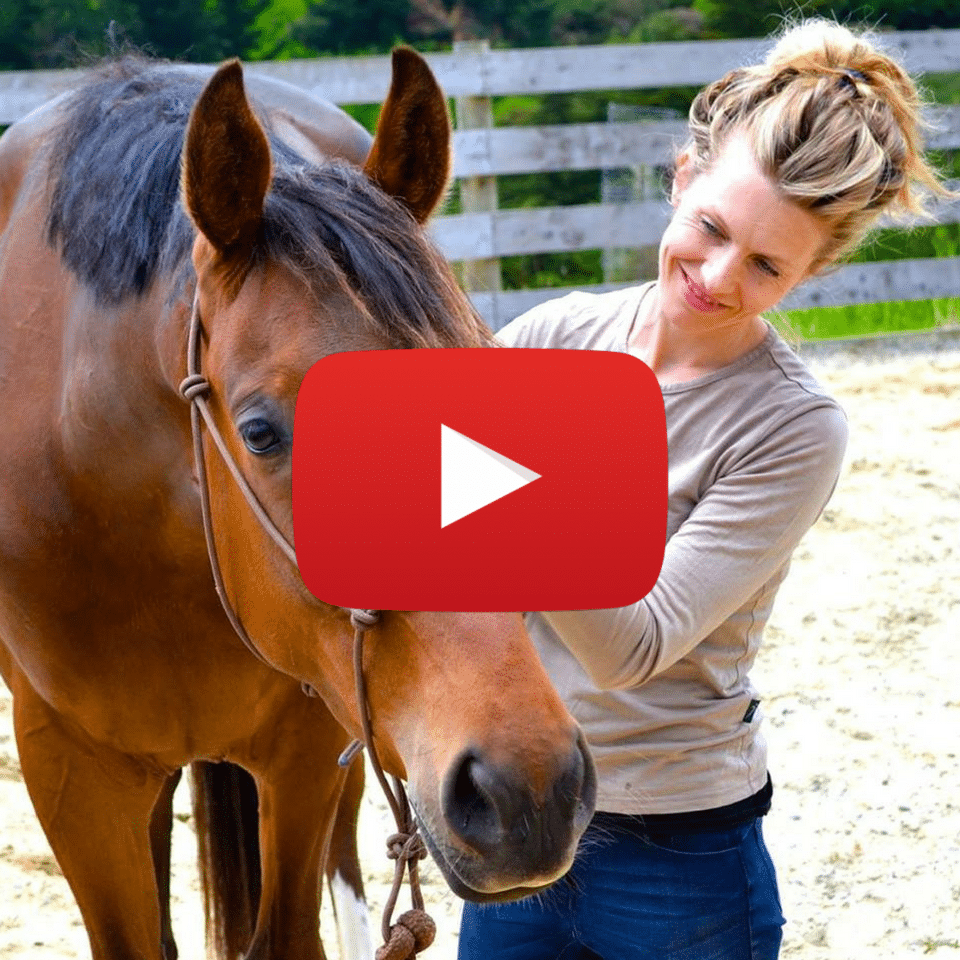This is Nadia. If I were to describe Nadia as a person, this is what I would say:
Nadia has a heart that swallows you in its arms as soon as you are in her company. Her eyes are a pool of kindness and she has a pulse that makes you feel like she’s a very old soul.

And yet all at once, Nadia does not recognize her own power. The strength that she could so easily own has been dampened by the assertions of many she has held company with.
Her opinions have not been allowed to express themselves.
Her natural athleticism has been shaped and held in very physical ways so her outside form fits the shape of an ideal body but in ways that are forced, not created.
She’s been kept within a confined definition of beauty where the standard is more about form than it is about function. More Pleasantville and less The White Mouse.
And none of this has been done with malicious intent. It’s simply the way it’s always been done.
For some at least.
When Nadia and I first came together, her strength only held when the scaffolding was there to support it. Without her equine friends around, it crumbled into dust. Even presenting her with the bridle and the bit ignited a pattern in her body of concern and negative anticipation.
In order to soften the edges of the concern and create a new perspective, we can’t approach the training the same way it’s always been done. Going as far as to share the same start point would even be a mistake; from there, all we would ignite is a chain reaction of conditioned responses that take us to the same conclusion before we have even introduced the possibility that things could be different.
Nadia has fallen into the same training system think tank that many of us unknowingly subscribe to ourselves when it comes to navigating fear, tension and concern; the go harder, go stronger or go home philosophy.
The cowboy up method.
The push ‘em through it way.
The Just Do It approach.
Us humans, we think that the system we fall under is different from our horses- but it’s really not.
If we ignore the signs of tension, unease or concern in our horses in favor of “manning up and pushing through”, bets on we do the same thing to ourselves when we feel a similar way.
We translate those feelings as weakness, disrespect or shameful. Instead of allowing space for them, breathing into them, we contract around them and hope that if we hold them tighter, nobody will notice they are there.
In order for us to truly understand relaxation, we have to truly understand fear and tension. They are in a co-dependent relationship.
The basic rules are this:
Add power to tension and you just get more tension.
And:
The amount of tension you begin with is directly proportional to the level of reactivity your requests are met with.
For instance: If my horse begins with a baseline of tension that is high, asking for more will only increase the level of tightness I’m rewarded with on a physical, mental and emotional level.
If I myself get on with a high level of anxiety and concern, pushing for more without first seeking to soften my concerns will only see those concerns tighten.
In both scenarios, asking for more is not the answer.
Asking why, however, is.
Why is this concern there? How can I better understand it? And how can I allow those tensions to release so we create a new start point, a brand-new conversation from which to begin from?
This is Nadia.
I have not worked specifically on making her comfortable with the bit, and yet when I put the bridle on the day before yesterday, for the first time in two years, she accepted it and held it without question.
I haven’t worked specifically on making her brave, and yet she is becoming more and more so.
I have not asked her to push through or ignored what she was feeling, and the softness has made her stronger.
I haven’t done anything special than give her the same graces that I hope to extend to myself.
That if she shows concern, I seek to understand it.
That if she carries tension, I seek to relieve it.
That if she has an opinion, I do my best to listen.
And that when I see her, I tell her how magnificent she is and how grateful I am to be in her company.
The qualities we should all be granted in a partner.
Onwards.
❤️ Jane









 Jane
Jane
